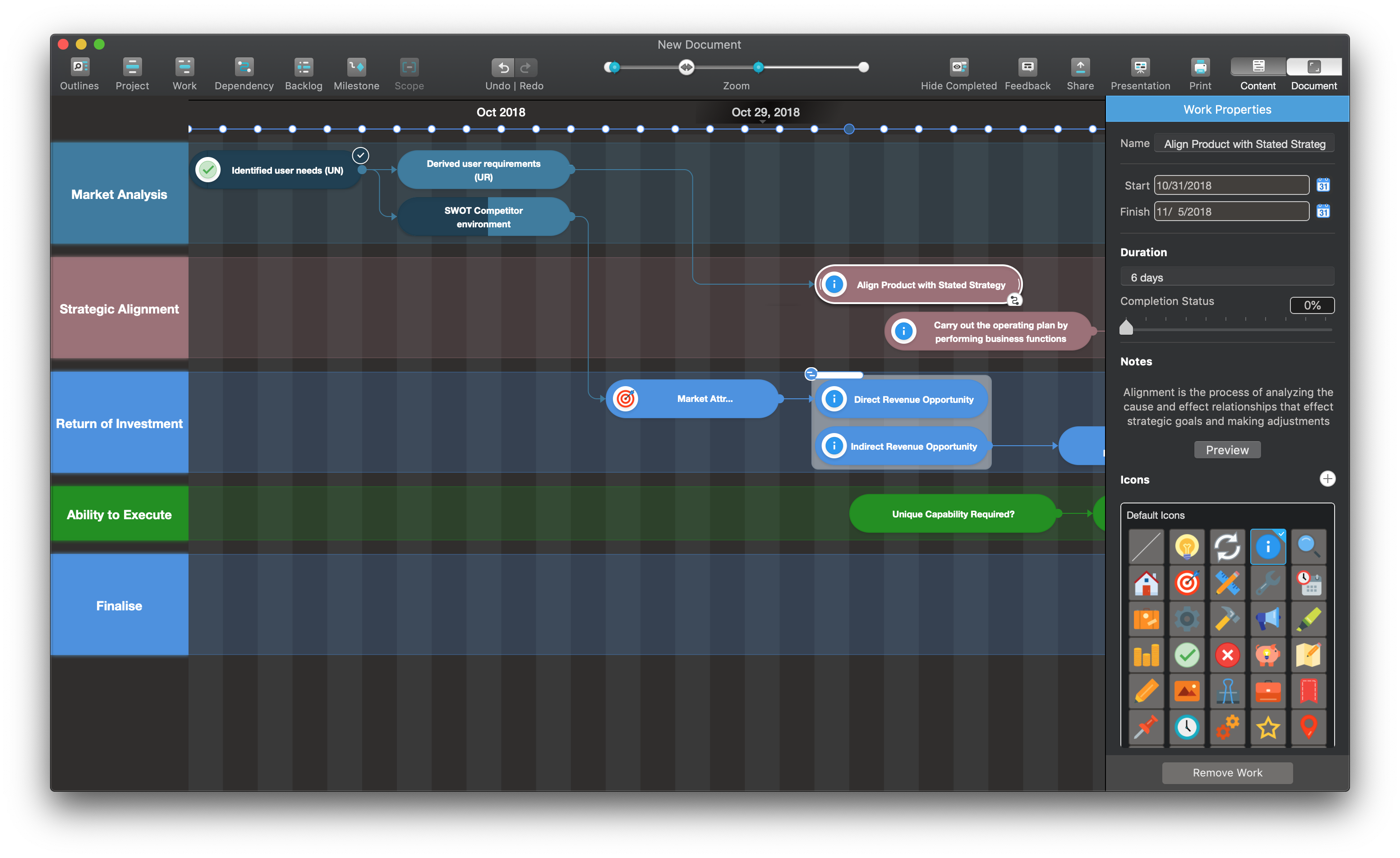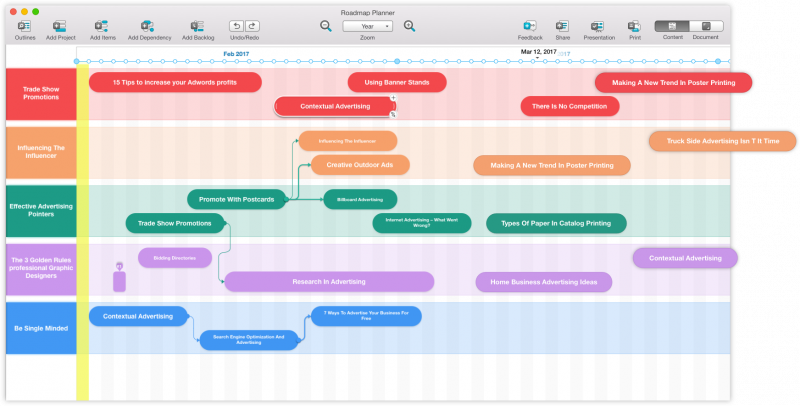

You can get a release back on track by, for example, adjusting the release dates.Ī cross project release itself is only available in Advanced Roadmaps. On the Plan’s roadmap, all releases are displayed as milestones, red when off-track and green when on-track. Advanced Roadmaps allows aligning releases across projects by grouping them in cross-project releases. Releases associated with the issue sources are automatically available, but you can also create new ones on the spot.

They mark a point in time when they need to be completed (and started). Releases are the milestones in a plan, like a program increment or something shippable. Note that only shared teams are available in JQL (reporting) and the issue view in Jira. This “share” option is only available if the plan doesn’t have any changes that need to be reviewed.Īdd the team field to your issue screen(s) to have to team available from the issue view in Jira. Private (Plan only) teams can be converted to a shared team, but not vice versa. Story point estimation is only available if all teams in the plan are of type scrum!Ĭhange the capacity/velocity under Plan:


#Roadmap planner macro software#
This blog is based on Advanced Roadmaps for Jira Software Cloud which is only included in the Premium and Enterprise plans.Īdvanced Roadmaps is a feature in Jira Software that allows you to plan work across multiple teams and/or Jira projects in so-called Plans without affecting the issues in Jira until you have found “the holy grail” ( reviewed the changes).Īdvanced Roadmaps lets you manage team capacity/velocity, cross-project releases and dependencies, warns about risks, and also has an option to automatically schedule based on all of these. That’s why we introduce to you The Advanced Roadmap Breakdown! (Bookmark this page!) Something you can quickly scan and find that one thing you’re struggling with without all the bullshit. You can read the dozens of articles available and watch an endless stream of YouTube videos, but what (in our opinion) would be really useful, is to have something to fall back on. I can’t imagine what the average Jira user must feel like. Even for us as consultants, Advanced Roadmaps is something we, at some point, looked up against.


 0 kommentar(er)
0 kommentar(er)
